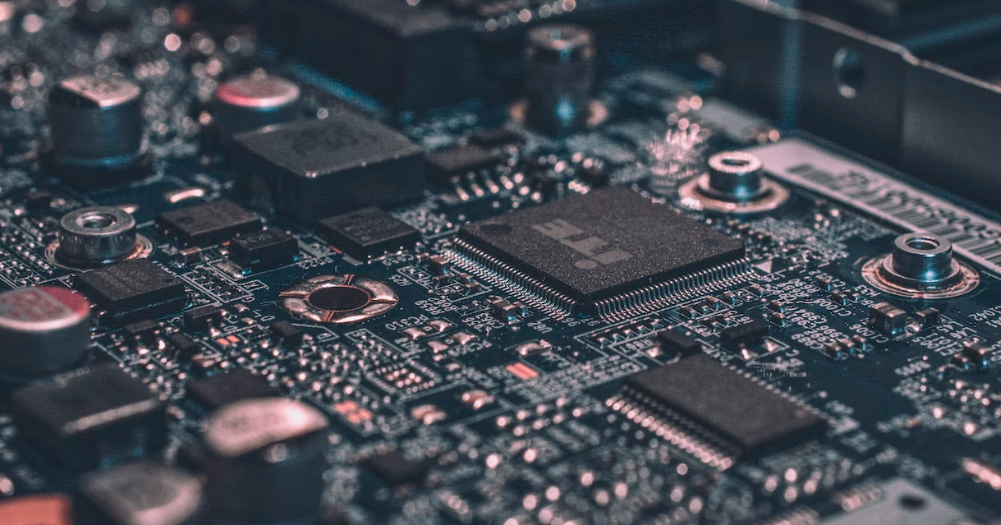Comparison between ADXL 345 and ADXL 335
| Feature | ADXL345 | ADXL335 |
|---|---|---|
| Acceleration Type | Digital (I2C/SPI) | Analog |
| Axes | Triple-axis (X, Y, Z) | Triple-axis (X, Y, Z) |
| Resolution | Higher resolution, selectable up to ±16g | Lower resolution, typically ±3g |
| Output Interface | I2C, SPI | Analog voltage output |
| Additional Features | Tap/double-tap detection, FIFO buffer | – |
| Power Consumption | Generally higher due to digital interface | Generally lower due to analog output |
Which one is better ADXL 345 or ADXL 335 ?
Its totally depend upon your application here below we highlighted some important point related to both
“3g” and “16g” refer to the measurement range of an accelerometer, specifically the maximum acceleration that it can measure in terms of the Earth’s gravitational force (g).
- 3g: This means the accelerometer can measure accelerations up to 3 times the acceleration due to gravity. On Earth, the acceleration due to gravity is approximately 9.81 m/s². So, an accelerometer with a range of ±3g can measure accelerations up to ±29.43 m/s² (approximately ±3 * 9.81 m/s²).
- 16g: Similarly, this means the accelerometer can measure accelerations up to 16 times the acceleration due to gravity. An accelerometer with a range of ±16g can measure accelerations up to ±156.96 m/s² (approximately ±16 * 9.81 m/s²).
If your application involves measuring relatively small accelerations within the range of ±3g, then the ADXL335 might be sufficient and even preferable due to its potentially higher resolution within that range.
Tap/Double-Tap Detection: The ADXL345 includes built-in algorithms to detect taps and double-taps on the device. This feature can be useful in applications where you need to detect specific gestures or interactions, such as in gaming controllers or wearable devices.
FIFO Buffer: The ADXL345 has a FIFO (First-In, First-Out) buffer that can store a certain number of data samples internally. This feature allows you to collect data samples over time and retrieve them later, which can be beneficial for applications where you need to store and process accelerometer data periodically, such as in motion tracking or data logging applications.
Conclusion: Both sensors are triple-axis accelerometers, but the ADXL345 provides digital output via interfaces like I2C or SPI, while the ADXL335 provides analog voltage output. The ADXL345 typically offers higher resolution and additional features such as tap/double-tap detection and a FIFO buffer. However, the ADXL335 might have lower power consumption due to its analog output nature.






